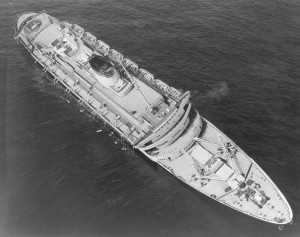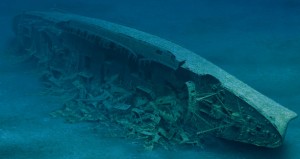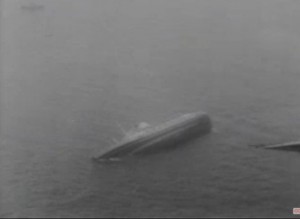The Wreck of the Andrea Doria
(Today’s history lesson is taken from my research into an event that figures into my current client’s life. Below is a sample of how the stories of an individual’s life are woven into larger history. This blogpost is my account of the disaster, which figures into my client’s life in part because she was making her own first ocean voyage at the time. Photos were borrowed from Wikipedia, an organization that I send money to each month in gratitude.)
It was a foggy night in the summer of 1956 as a top-heavy, 29-ton Italian luxury liner carried 1,660 passengers and crew through the Atlantic heading for New York City. Not far from Nantucket, the SS Andrea Doria was plowing through heavy fog at 21.8 knots– about 25 miles an hour–when it was struck by the SS Stockholm, which was moving almost was fast. Ships that size don’t stop on a dime, even if they had seen each other in time to avert the crash.
the Atlantic heading for New York City. Not far from Nantucket, the SS Andrea Doria was plowing through heavy fog at 21.8 knots– about 25 miles an hour–when it was struck by the SS Stockholm, which was moving almost was fast. Ships that size don’t stop on a dime, even if they had seen each other in time to avert the crash.
Investigations would later show a number of problems that doomed the ship. The captain of the Andrea Doria was speeding through fog and had ignored the proper rules of sea crossings that would have avoided a head-on crossing at sea. Although the ship was equipped with the most modern early warning radar, the radar navigator apparently misread the radar (perhaps for want of proper light on a darkened bridge) and thus set a collision course. The ship was divided into eleven watertight compartments, but one of them was missing a watertight door. The Andrea Doria’s fuel tanks were half empty and not pumped with seawater ballast in order to stabilize the ship. All of the conditions spelled certain disaster when the ship was struck.
Struck in the side, the Andrea Doria immediately listed severely to starboard, making half of its lifeboats unusable. For the next eleven hours, many members of its crew worked with crew of other ships in the area who responded immediately to rescue passengers.
The Stockholm was the first to send lifeboats over; when the first three returned with waiters and stewards from the Andrea Doria, as Esther put it, “the Swedes beat them to a pulp.”
All night long as the evacuation continued, the stricken luxury liner continued to roll on its side.
By ten a.m. the following morning, it was at a right angle to the sea. As the port side slipped below the waves, some of the unused lifeboats snapped free and floated upside-down in a row. It took nine long minutes to disappear into the Atlantic Ocean, taking forty-six people with it.
In the ensuing years, sixteen more lost their lives in making dives on th e ship.
e ship.

